Home>Interior Design>10 Rules For Designing An Atmospheric Lighting Scheme


Interior Design
10 Rules For Designing An Atmospheric Lighting Scheme
Modified: October 18, 2024
Discover the top 10 rules for creating an captivating and immersive lighting scheme that will transform the interior design of any space, bringing atmospheric ambiance to life.
(Many of the links in this article redirect to a specific reviewed product. Your purchase of these products through affiliate links helps to generate commission for Storables.com, at no extra cost. Learn more)
Introduction
In interior design, lighting plays a crucial role in creating a captivating and atmospheric space. It has the power to transform a room, enhance its features, and evoke different moods and emotions. A well-designed lighting scheme can elevate the overall aesthetic appeal of a space, making it more inviting and comfortable for its occupants.
Whether you are designing a residential or commercial space, there are certain key principles to consider when crafting an atmospheric lighting scheme. By understanding these principles and applying them effectively, you can create a visually stunning and functional environment that enhances the overall ambiance of the space.
In this article, we will explore 10 essential rules for designing an atmospheric lighting scheme. These rules will guide you in selecting the right fixtures, determining appropriate light levels, and creating a sense of drama through lighting techniques. So, let’s delve into these rules and discover how you can transform any space into a captivating haven of light and ambiance.
Key Takeaways:
- Designing an atmospheric lighting scheme involves understanding the space, selecting the right fixtures, and balancing natural and artificial light to create a captivating and visually stunning environment that enhances the overall ambiance.
- By incorporating elements of drama, utilizing layered lighting, and considering color temperature, you can create a lighting design that sets the perfect ambience for any space, whether it’s a cozy home or a vibrant commercial establishment.
Rule 1: Understanding the Space
Before embarking on any lighting design project, it is crucial to thoroughly understand the space you are working with. Take the time to assess the size, layout, and architectural features of the room. Consider the purpose of the space and how it will be used. Is it a living room where people gather for relaxation, or a workspace that requires focused illumination?
By understanding the space, you can determine the specific lighting needs and objectives. Think about the activities that will take place in the room and the desired atmosphere. This will help you identify the areas that require more focused lighting, such as task lighting for work areas or accent lighting to highlight artwork or architectural elements.
Additionally, consider the natural lighting available in the space. Take note of the direction and intensity of sunlight throughout the day. This will guide you in selecting the appropriate artificial lighting to complement and balance the natural light. Understanding the space is the foundation of a well-designed lighting scheme, as it ensures that the lighting enhances the functionality and ambiance of the room.
To gain a deeper understanding of the space, it can be helpful to create a lighting plan or sketch. This plan should include the locations of windows, doors, furniture, and any existing light fixtures. By visualizing the layout, you can strategically place lighting fixtures to achieve optimal illumination and create a cohesive design.
Remember, each space is unique, and understanding its nuances is essential for a successful lighting design. Take the time to assess and analyze the space, considering both its functional and aesthetic aspects. By doing so, you can lay the groundwork for a well-executed lighting scheme that enhances the overall experience within the room.
Rule 2: Determining the Ambience
Creating the right ambience is crucial in interior design, and lighting plays a significant role in achieving the desired atmosphere. To determine the ambience you want to create, consider the overall style and mood you envision for the space.
Are you aiming for a cozy and intimate atmosphere in a bedroom or a vibrant and energetic vibe in a restaurant? Understanding the desired ambience will guide you in selecting the appropriate lighting techniques and fixtures.
For a soft and intimate ambience, consider incorporating warm and diffused lighting. Use fixtures with lower light output and warm color temperatures to create a cozy and welcoming feel. Dimmers can also be helpful in adjusting the intensity of the light, allowing for versatile ambience options.
On the other hand, if you want to create a vibrant and energetic atmosphere, consider using brighter, cooler lighting. This can help create a more lively and dynamic ambiance, perfect for spaces like bars or retail stores. Incorporate accent lighting to highlight specific areas and create visual interest.
Furthermore, consider the style of the space and its overall design. Are you working with a modern and minimalist interior or a more traditional and ornate style? Ensure that the lighting design complements the overall aesthetic, enhancing the visual appeal of the room.
By determining the ambience you want to create, you can make informed decisions about the lighting fixtures, color temperatures, and other elements that will contribute to the desired mood. Pay attention to the way light interacts with the space and how it influences the overall feel of the room. With careful consideration and planning, you can design a lighting scheme that sets the perfect ambience for the space.
Rule 3: Selecting the Right Fixtures
When designing an atmospheric lighting scheme, selecting the right fixtures is crucial. The choice of fixtures can greatly impact the overall aesthetic and functionality of the space. Here are some considerations to help you choose the right fixtures:
- Style: Consider the style of the room and choose fixtures that harmonize with the overall design. Whether you prefer modern, traditional, or eclectic, there are lighting fixtures available in various styles to suit your aesthetic.
- Functionality: Determine the purpose of each lighting fixture and select accordingly. Are you looking for general ambient lighting, task lighting for specific activities, or accent lighting to highlight focal points? Each fixture type serves a different purpose, so ensure that your selection aligns with the intended function.
- Size and Scale: Consider the size of the room and the proportion of the fixtures. Oversized fixtures in a small space can overwhelm the room, while undersized fixtures may not provide adequate illumination. Strike a balance between size and scale to create a visually pleasing lighting arrangement.
- Placement: Determine the optimal placement of fixtures to achieve balanced and effective illumination. Consider the room’s layout, furniture arrangement, and architectural features to guide your placement decisions.
- Energy Efficiency: Take into account energy efficiency when selecting fixtures. Opt for LED or energy-efficient bulbs to reduce energy consumption and lower utility costs. These options also have a longer lifespan, reducing the need for frequent bulb replacements.
Additionally, it’s essential to consider the flexibility and adaptability of the fixtures. Some fixtures may offer adjustable angles or rotation, allowing you to direct the light where it’s needed most. This versatility can be particularly useful in spaces that have changing lighting requirements.
Remember, the choice of fixtures sets the tone for your lighting scheme. Carefully consider the style, functionality, size, and placement of the fixtures to create a cohesive and visually appealing lighting design.
Rule 4: Choosing the Appropriate Light Levels
When designing an atmospheric lighting scheme, it’s important to choose the appropriate light levels for each area within the space. The right light levels can greatly enhance the functionality and mood of a room. Here are some considerations to help you select the appropriate light levels:
- Ambient Lighting: The ambient lighting, also known as general lighting, provides overall illumination to the space. It should be bright enough to ensure visibility and navigation but not overly harsh or glaring. Consider the size and purpose of the room when determining the appropriate light levels for ambient lighting.
- Task Lighting: Task lighting is essential for activities that require focused visual attention, such as reading, cooking, or working at a desk. The light levels for task lighting should be brighter and more localized to provide ample illumination for the specific task at hand. Consider the specific tasks performed in each area and adjust the light levels accordingly.
- Accent Lighting: Accent lighting is used to highlight specific features, artwork, or architectural elements in the space. The light levels for accent lighting should be lower than ambient or task lighting, allowing the highlighted object to stand out. Experiment with different light levels to achieve the desired emphasis and visual impact.
- Dimming Options: Incorporating dimmers in your lighting design offers flexibility in adjusting the light levels to suit different moods and activities. Dimming options allow you to create a softer, more intimate ambiance when desired, or increase the brightness for functional tasks or gatherings.
When determining the appropriate light levels, keep in mind the functionality, mood, and desired atmosphere of the space. It’s important to strike a balance between providing adequate illumination and avoiding excessive glare or discomfort. Experiment with different light levels in each area and make adjustments as needed to create an optimal lighting experience.
Remember, the appropriate light levels are crucial in setting the right mood and enhancing the functionality of a space. Take the time to evaluate the specific lighting needs for each area and adjust the light levels accordingly to create an atmospheric and inviting environment.
Rule 5: Utilizing Layered Lighting
Layered lighting is a key technique in creating an atmospheric and visually compelling lighting scheme. By incorporating multiple layers of light, you can add depth, dimension, and flexibility to your design. Here are some ways to utilize layered lighting:
- Ambient Lighting: Start with a base layer of ambient lighting that provides overall illumination to the space. This could be achieved through ceiling-mounted fixtures, such as recessed lights or flush mount fixtures. Ambient lighting acts as a foundation, creating a comfortable and evenly lit environment.
- Task Lighting: Add task lighting to illuminate specific work areas or surfaces where focused illumination is needed. This could include desk lamps, under-cabinet lighting in the kitchen, or vanity lights in the bathroom. Task lighting helps improve functionality and visibility in areas where detailed tasks are performed.
- Accent Lighting: Incorporate accent lighting to highlight architectural features, artwork, or decorative elements in the space. This could be achieved through track lighting, wall sconces, or picture lights. Accent lighting adds visual interest and creates focal points within the room.
- Decorative Lighting: Consider adding decorative lighting fixtures to contribute to the overall aesthetic of the space. Chandeliers, pendant lights, or statement floor lamps can serve as decorative elements while providing additional light. These fixtures can add a touch of elegance or style, helping to elevate the design of the room.
- Dimming and Control Systems: Incorporate dimmers and control systems to have the ability to adjust the intensity of each layer of light. This allows for greater flexibility in creating different moods and atmospheres within the space. With dimmers, you can easily transition from bright and functional lighting to a soft and intimate ambiance.
Layered lighting creates depth and visual interest, allowing you to set the desired mood and highlight specific elements in the room. By incorporating different layers of light, you can easily adapt the lighting scheme to suit different activities and personal preferences.
Remember, the key to effective layered lighting is to strike a balance between the different layers, ensuring that they work harmoniously together. Experiment with the placement and intensity of each layer of light to achieve a cohesive and visually appealing lighting design.
Consider the function of each space and the mood you want to create when designing your lighting scheme. Use a combination of ambient, task, and accent lighting to achieve the desired atmosphere.
Rule 6: Considering Color Temperature
Color temperature is an essential aspect to consider when designing an atmospheric lighting scheme. It refers to the color appearance of light, ranging from warm yellow tones to cool blue tones. Understanding color temperature and how it affects the mood and visual perception of a space is crucial for creating the desired atmosphere.
When selecting light bulbs or fixtures, you will typically come across color temperatures measured in Kelvin (K). Here are some guidelines to consider:
- Warm Color Temperature: Light in the range of 2000K to 3000K tends to emit warm yellow tones. This color temperature creates a cozy and intimate atmosphere, ideal for bedrooms, living rooms, or dining areas. It can evoke a sense of relaxation and calmness.
- Neutral Color Temperature: Light in the range of 3500K to 4500K falls into the neutral category. It provides a balance between warm and cool tones, making it versatile for various spaces. This color temperature is often used in offices, retail stores, or task-oriented areas where clarity and focus are important.
- Cool Color Temperature: Light in the range of 5000K to 6500K emits cool, blue tones. This color temperature simulates natural daylight and is commonly used in environments where productivity and alertness are desired, such as hospitals or offices. It can create a vibrant and energetic atmosphere.
When determining the color temperature for your lighting scheme, consider the purpose and mood of the space. Warm color temperatures are ideal for creating a cozy and relaxing ambiance, while cool color temperatures can energize and provide a refreshing atmosphere.
It’s important to maintain consistency in color temperature throughout a space to avoid a disjointed or unnatural look. However, you can also incorporate variations in color temperature to add depth and interest. For example, you may use warmer tones for general ambient lighting and cooler tones for task or accent lighting to create contrast and visual impact.
By considering color temperature and strategically selecting light bulbs or fixtures with the appropriate hues, you can create a harmonious and visually appealing lighting scheme that enhances the overall atmosphere of the space.
Rule 7: Incorporating Dimmers and Controls
Incorporating dimmers and lighting controls is a crucial rule when designing an atmospheric lighting scheme. Dimmers allow for the adjustment of light levels, providing flexibility in creating various moods and accommodating different activities within a space. Here’s why you should incorporate dimmers and lighting controls:
- Versatility: Dimmers offer a range of light intensity options, allowing you to control the ambiance of a room. You can easily transition from bright and functional lighting for tasks to a more subdued and relaxed atmosphere for leisure or entertaining.
- Energy Efficiency: By using dimmers, you can reduce energy consumption and extend the lifespan of your light bulbs. Lowering the light levels when maximum brightness is not needed can significantly decrease energy usage, helping to lower utility costs and contribute to a more sustainable environment.
- Adaptability: Dimmers provide adaptability to changing lighting needs. They allow you to easily adjust the light levels according to the time of day, season, or personal preferences. This adaptability ensures that your lighting scheme remains functional and comfortable in different situations.
- Highlighting Features: Dimmers can also be used to accentuate specific elements or architectural features in a room. By dimming the surrounding lights and directing attention to a focal point, you add emphasis and visual interest to the space.
- User Experience: Incorporating lighting controls, such as switches or remote controls, improves the overall user experience. It allows for convenient operation and puts the control of lighting right at the fingertips of occupants, enhancing the comfort and satisfaction within the space.
When incorporating dimmers and controls, consider the different zones or areas within a room. For example, you may want separate controls for task lighting, accent lighting, and ambient lighting. This allows for precise control over each layer of light, ensuring the right balance and ambience in every part of the space.
Remember to choose dimmers and controls that are compatible with the type of lighting fixtures you have. Not all light sources are dimmable, so it’s important to verify compatibility to avoid any issues. Consult with a professional electrician if you are unsure about the compatibility or installation process.
With the integration of dimmers and lighting controls, you gain greater control over the atmosphere and functionality of a room. It adds convenience, energy efficiency, and the ability to customize the lighting experience to suit your needs and desires.
Rule 8: Balancing Natural and Artificial Light
When designing an atmospheric lighting scheme, it’s important to consider the balance between natural and artificial light sources. Natural light brings many benefits to a space, including a sense of openness, connection to the outdoors, and the ability to create a dynamic visual environment. Here’s why it’s crucial to balance natural and artificial light:
- Daylight Integration: Take advantage of natural light by maximizing its presence in the space. Position furniture, windows, and openings strategically to allow for ample daylight penetration. This not only reduces the dependence on artificial lighting but also provides a more pleasant and visually engaging environment.
- Health and Well-being: Natural light has been proven to have positive effects on our health and well-being. It helps regulate our circadian rhythm, improves mood, and enhances productivity. By incorporating daylight into your lighting scheme, you can create a healthier and more comfortable space for occupants.
- Artificial Lighting Enhancement: Artificial lighting should complement and enhance the natural light in a room. Consider the direction, intensity, and color temperature of natural light and select artificial lighting fixtures that harmonize with these elements. This integration helps create a seamless transition between natural and artificial lighting throughout the day, ensuring a cohesive and balanced lighting scheme.
- Light Control: Implement window coverings or shading devices to control the intensity and direction of natural light. This allows for better control over glare and ensures that artificial lighting can be adjusted to compensate for any changes in natural light levels throughout the day or in different seasons.
- Layering of Light: Consider how natural light interacts with different layers of artificial lighting. Adjust the light levels and intensities of artificial lighting to compensate for changes in natural light and maintain consistent illumination levels throughout the space.
When balancing natural and artificial light, it’s important to strike a harmony that complements the desired atmosphere and functionality of the space. Assess the orientation and location of windows, determine the intensity and duration of natural light throughout the day, and use this information to guide your selection and placement of artificial lighting fixtures.
Remember to be mindful of the specific needs and requirements of each space. Certain areas may benefit from a stronger emphasis on natural light, such as living rooms or communal areas, while others may require more controlled artificial lighting, like offices or theaters.
By achieving the right balance between natural and artificial light, you can create a captivating lighting scheme that embraces the beauty of both light sources and enhances the overall aesthetic and function of the space.
Rule 9: Enhancing Architectural Features
Architectural features in a space provide unique opportunities to incorporate lighting that enhances their beauty and creates a visually striking environment. By highlighting architectural elements, you can add depth, texture, and drama to the overall design. Here’s how you can enhance architectural features with lighting:
- Wall Washing: Wall washing is a technique where light fixtures are positioned to illuminate a large expanse of a wall, highlighting its texture and creating a visually appealing backdrop. This technique can be used to accentuate exposed brick, textured surfaces, or interesting architectural patterns.
- Uplighting: Uplighting involves placing lights at the base of architectural features to highlight their height or create a sense of grandeur. It can be used to illuminate columns, arches, or vaulted ceilings, drawing attention to their unique design elements.
- Grazing: Grazing is a technique that involves placing lights close to a textured surface to accentuate its details. It is particularly effective for highlighting materials like stone, wood, or textured wallpapers. Grazing emphasizes the texture and adds depth to the architectural features.
- Silhouetting: Silhouetting is a technique where fixtures are placed behind a feature to create a dramatic outline or silhouette. This technique is commonly used with sculptures, art installations, or unique architectural elements where the goal is to create a striking visual impact.
- Recessed Lighting: Recessed lighting can be used to discreetly highlight architectural details, such as alcoves, niches, or built-in shelves. By directing the light towards these features, you can create a subtle illumination that draws attention to their presence.
When enhancing architectural features with lighting, it’s important to consider the overall aesthetics and purpose of the space. The lighting should enhance and complement the architectural elements without overpowering or distracting from the overall design.
Experiment with different lighting techniques and angles to find the most flattering and impactful way to highlight the architectural features. Consider the color temperatures and intensity of light to create the desired mood and atmosphere in the space.
By incorporating lighting that enhances architectural features, you elevate the visual appeal of the space and create a captivating environment that showcases the unique design elements.
Rule 10: Creating a Sense of Drama
To truly make a statement and elevate the atmosphere of a space, it’s important to incorporate elements of drama into your lighting design. By creating a sense of drama, you can evoke emotions, add intrigue, and captivate the attention of those who enter the room. Here are some ways to achieve this:
- Use Contrast: Contrast in lighting can create a dramatic effect. Play with the interplay of light and shadow by using focused spotlights or directional lighting to highlight specific areas or objects. This contrast adds depth and visual interest to the space.
- Play with Shadows: Shadows can evoke a sense of mystery and drama. Strategically place lighting fixtures to cast interesting and unique shadows on walls, ceilings, or floors. This adds a layer of intrigue and visual allure to the space.
- Chandeliers and Statement Lighting: Incorporate chandeliers or other statement lighting fixtures to serve as a focal point in the room. These eye-catching elements add a touch of elegance and drama, instantly transforming the space into something extraordinary.
- Color Effects: Introduce colored lighting to create a dramatic ambiance. Colored lights can evoke different emotions and set the mood for specific occasions or themes. Use color washes or colored LED strips to create a dramatic and captivating lighting display.
- Dynamic Lighting: Incorporate dynamic lighting systems that allow for different lighting scenes or programmed sequences. With the ability to control light intensity, color, and movement, you can create dramatic transformations and set the mood for different activities or events.
When creating a sense of drama, it’s important to strike a balance between the dramatic effect and overall functionality of the space. The lighting should enhance the ambiance without compromising the practicality and comfort for the occupants.
Experiment with different lighting techniques, intensities, and colors to find the perfect balance that creates a sense of drama while still maintaining a harmonious and inviting environment.
By incorporating elements of drama into your lighting design, you can create a captivating and memorable experience within the space, leaving a lasting impression on all who enter.
Conclusion
Designing an atmospheric lighting scheme is a key aspect of interior design that can significantly enhance the overall aesthetic and ambiance of a space. By following these 10 essential rules, you can create a captivating and visually stunning environment:
- Understand the space and its specific lighting needs.
- Determine the ambience you want to create.
- Select the right fixtures that complement the design.
- Choose appropriate light levels for different areas.
- Utilize layered lighting to add depth and flexibility.
- Consider color temperature to set the desired mood.
- Incorporate dimmers and lighting controls for versatility.
- Balance natural and artificial light for a cohesive look.
- Enhance architectural features with strategic lighting.
- Create a sense of drama to captivate and intrigue.
By applying these rules, you can create an atmospheric lighting design that perfectly aligns with the functionality and aesthetic goals of the space. Remember to understand the specific needs of each area, consider the desired ambience, and balance different layers of light for a harmonious and visually appealing result.
Whether you are designing a residential space, a restaurant, or a retail store, thoughtful lighting design can transform the atmosphere and enhance the overall experience for occupants. From creating a cozy and intimate aura to emphasizing architectural elements and adding a touch of drama, lighting has the power to breathe life into a room.
Take the time to plan, experiment, and fine-tune your lighting scheme, ensuring that it aligns with the overall design concept and enhances the intended mood and functionality of the space. With a well-executed atmospheric lighting design, you can create a truly remarkable and captivating environment that leaves a lasting impression.
Frequently Asked Questions about 10 Rules For Designing An Atmospheric Lighting Scheme
Was this page helpful?
At Storables.com, we guarantee accurate and reliable information. Our content, validated by Expert Board Contributors, is crafted following stringent Editorial Policies. We're committed to providing you with well-researched, expert-backed insights for all your informational needs.
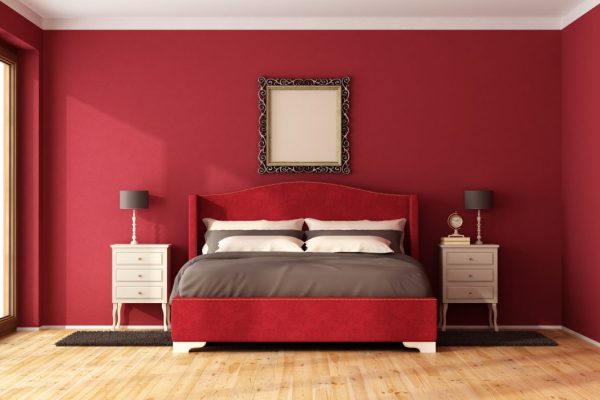
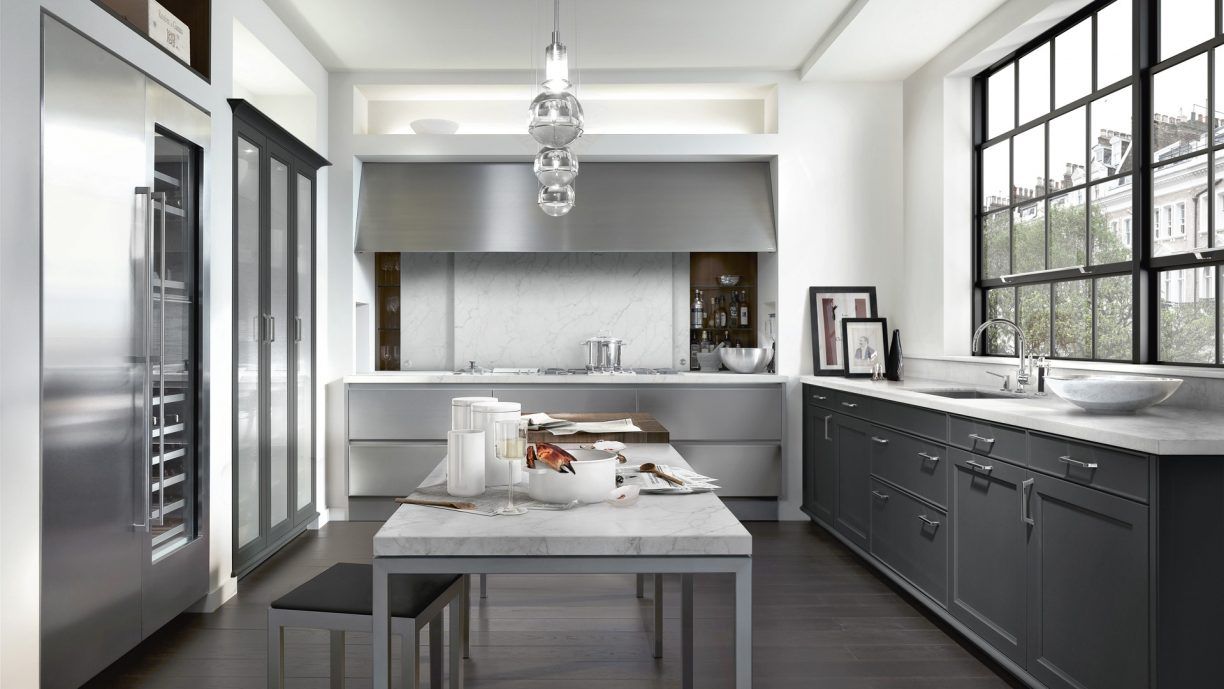
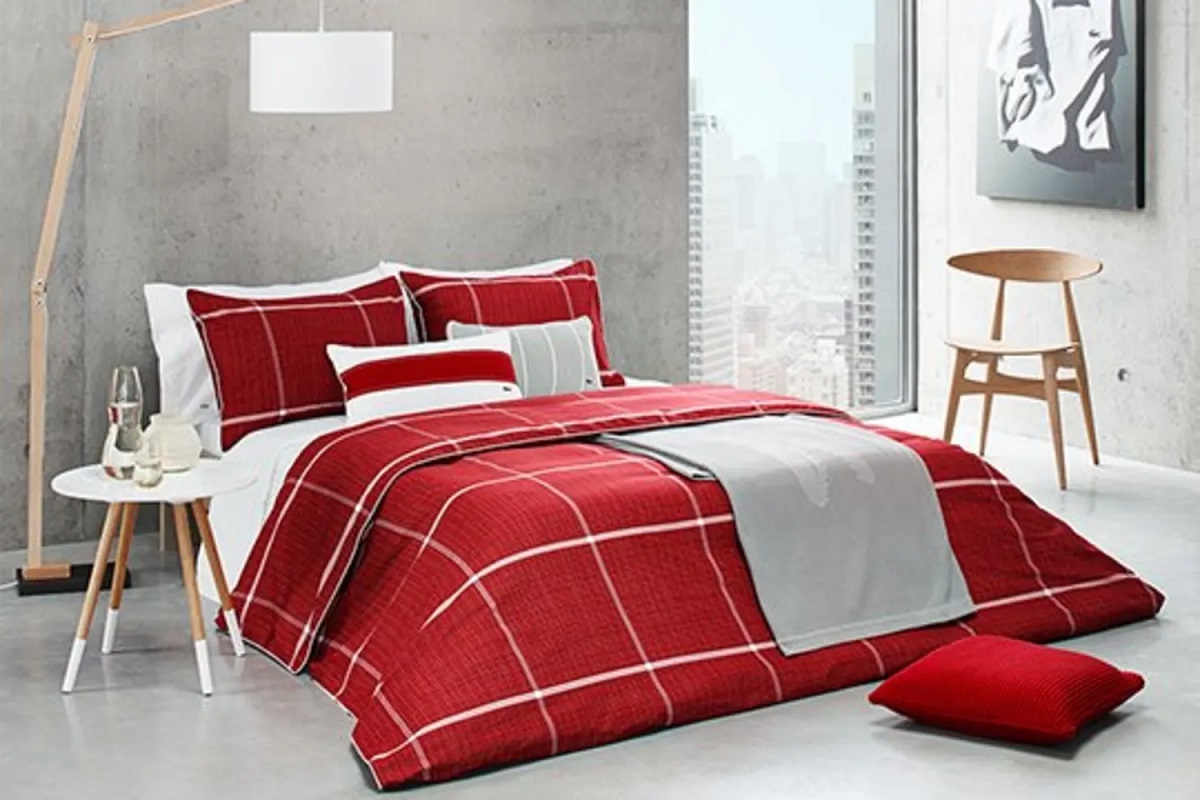
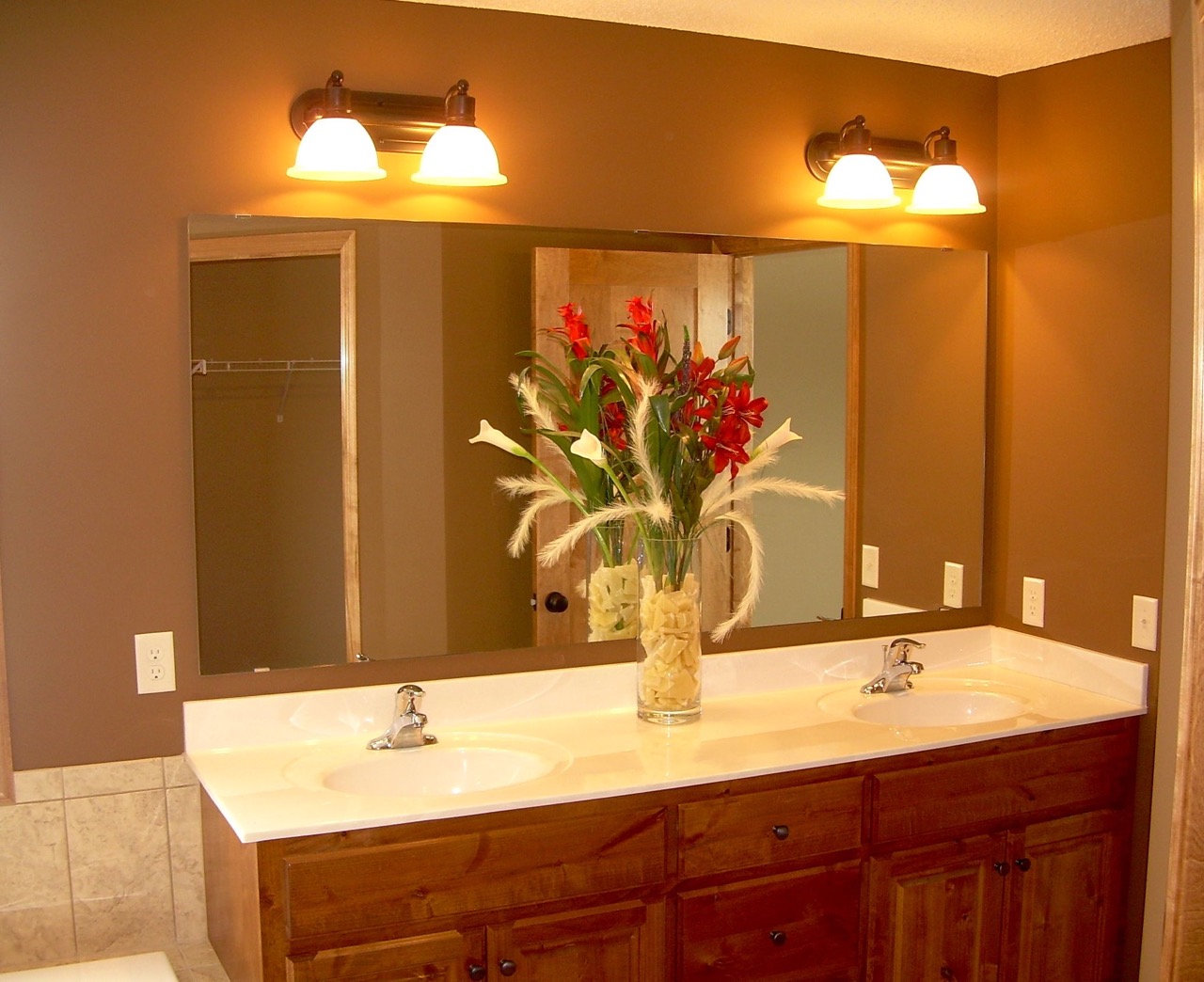
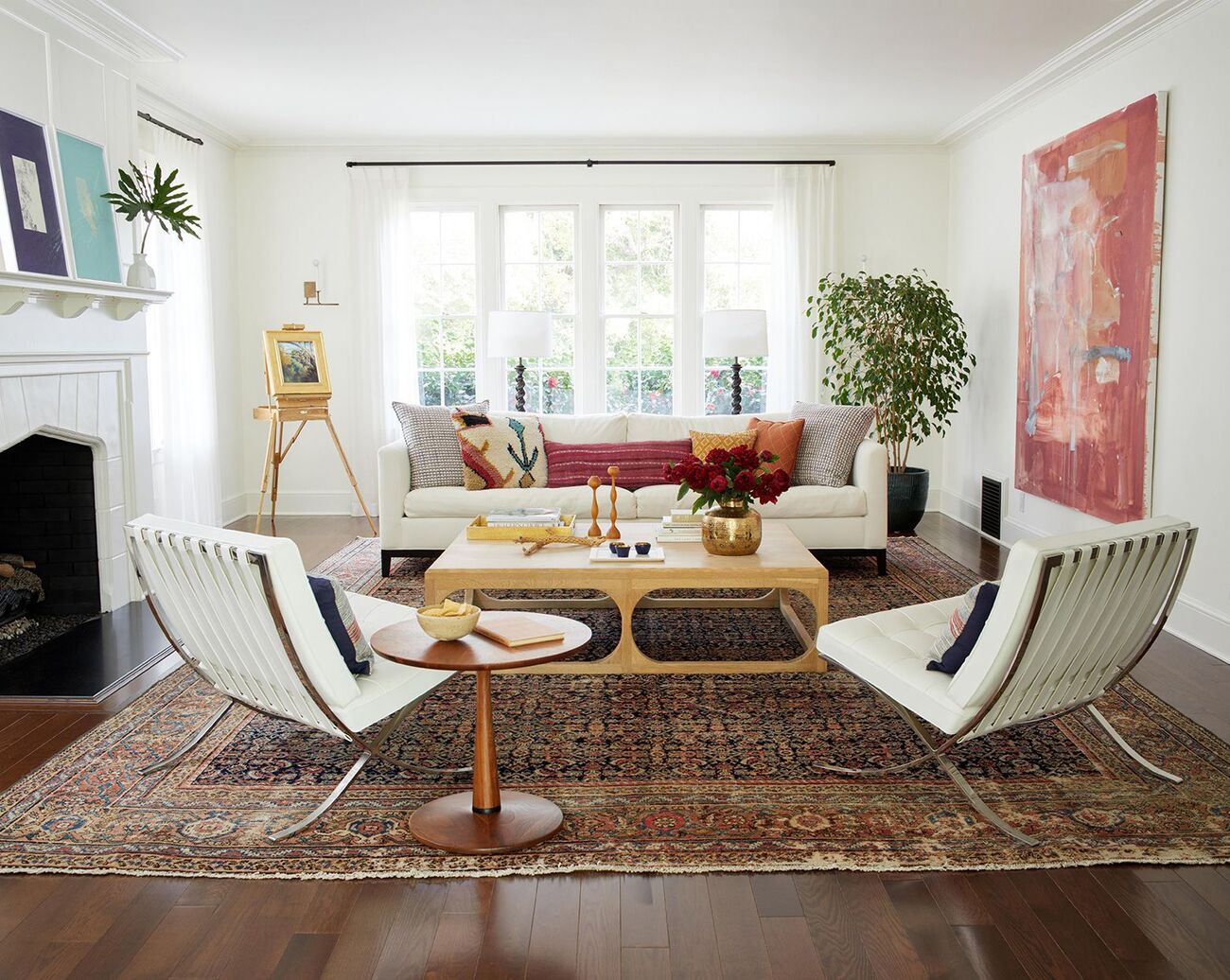
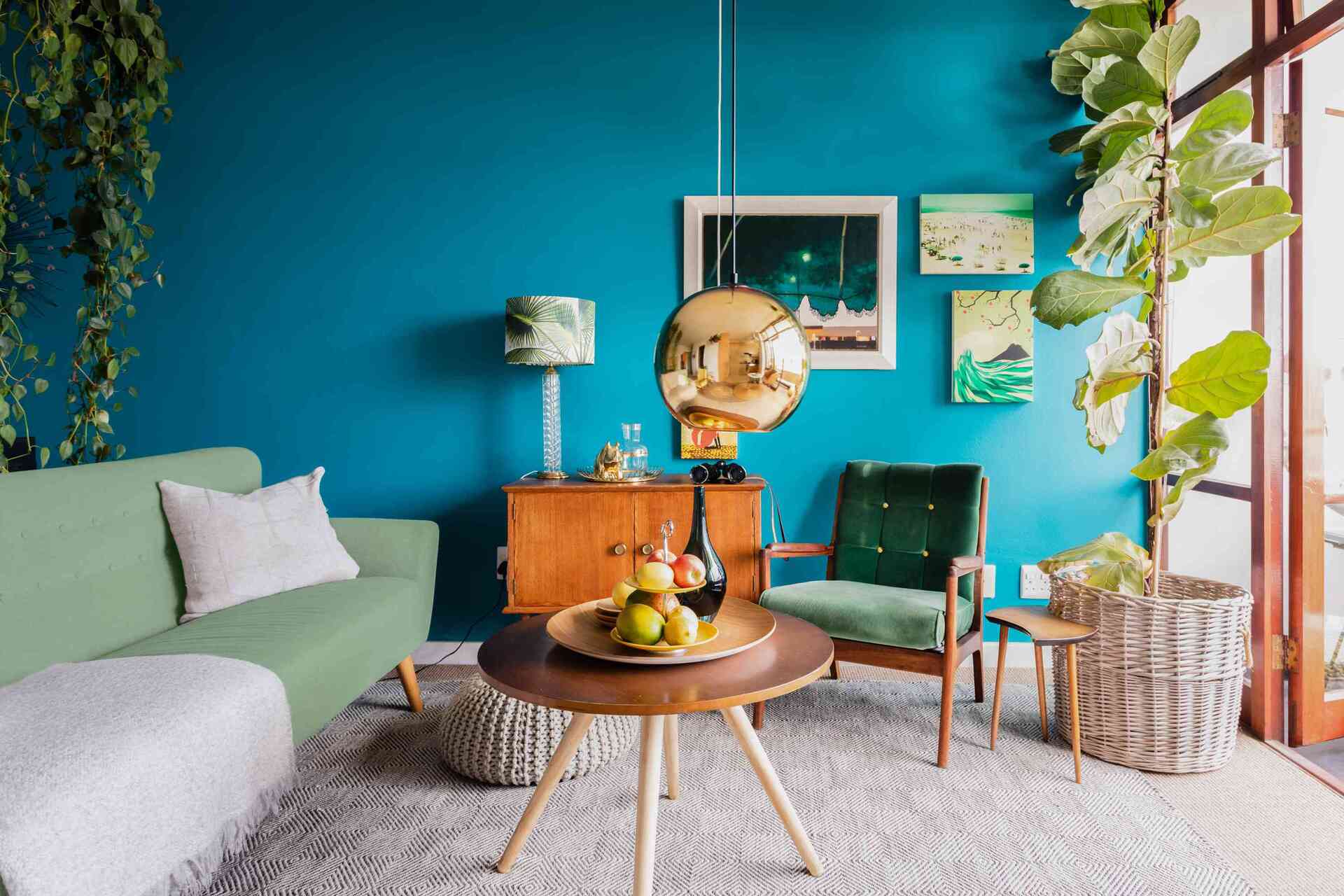
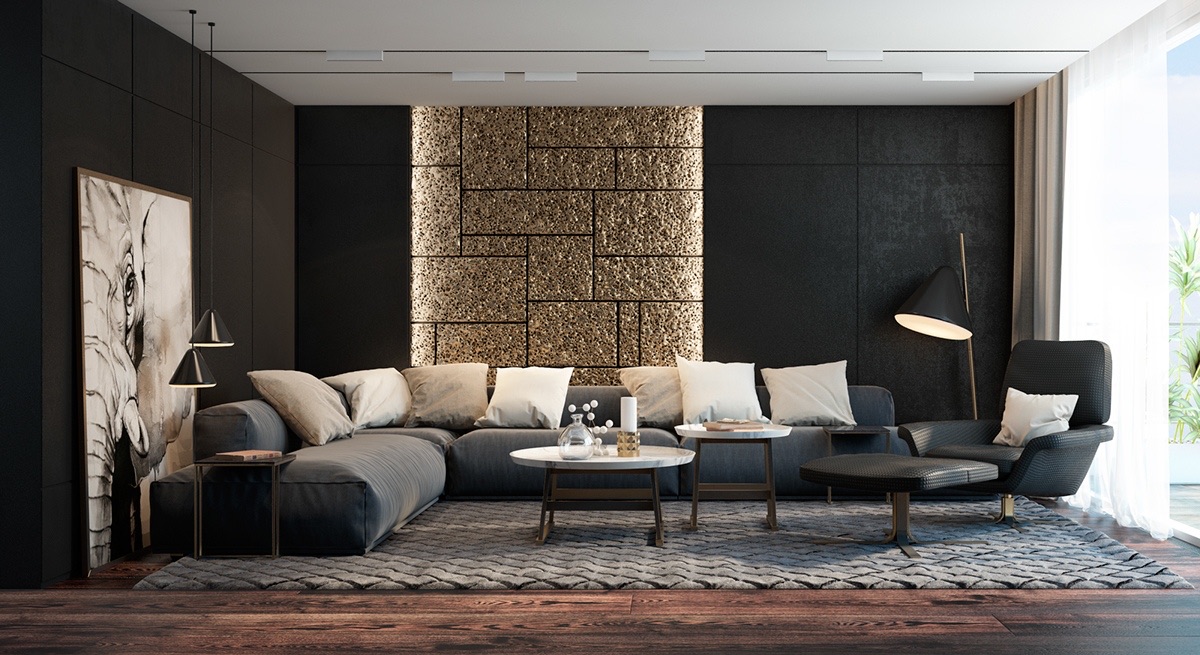
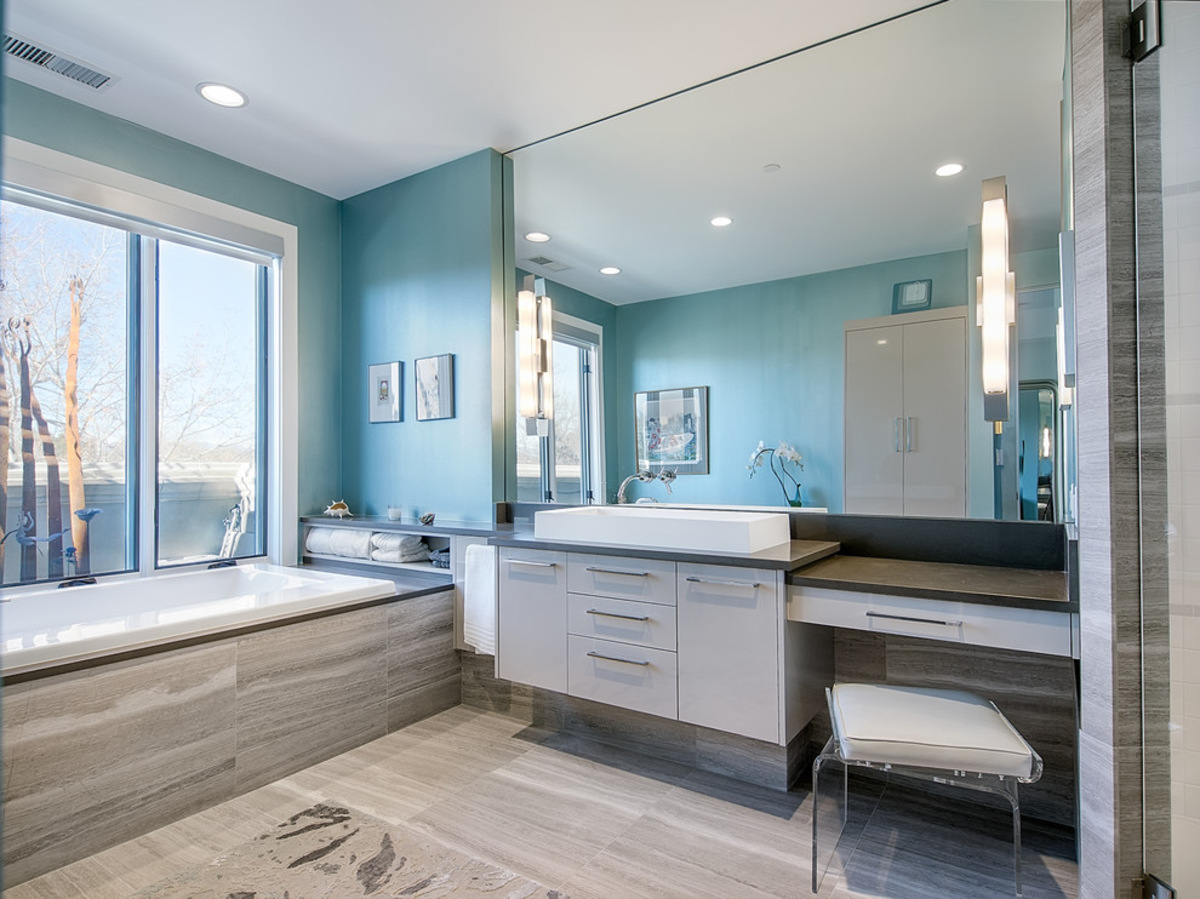
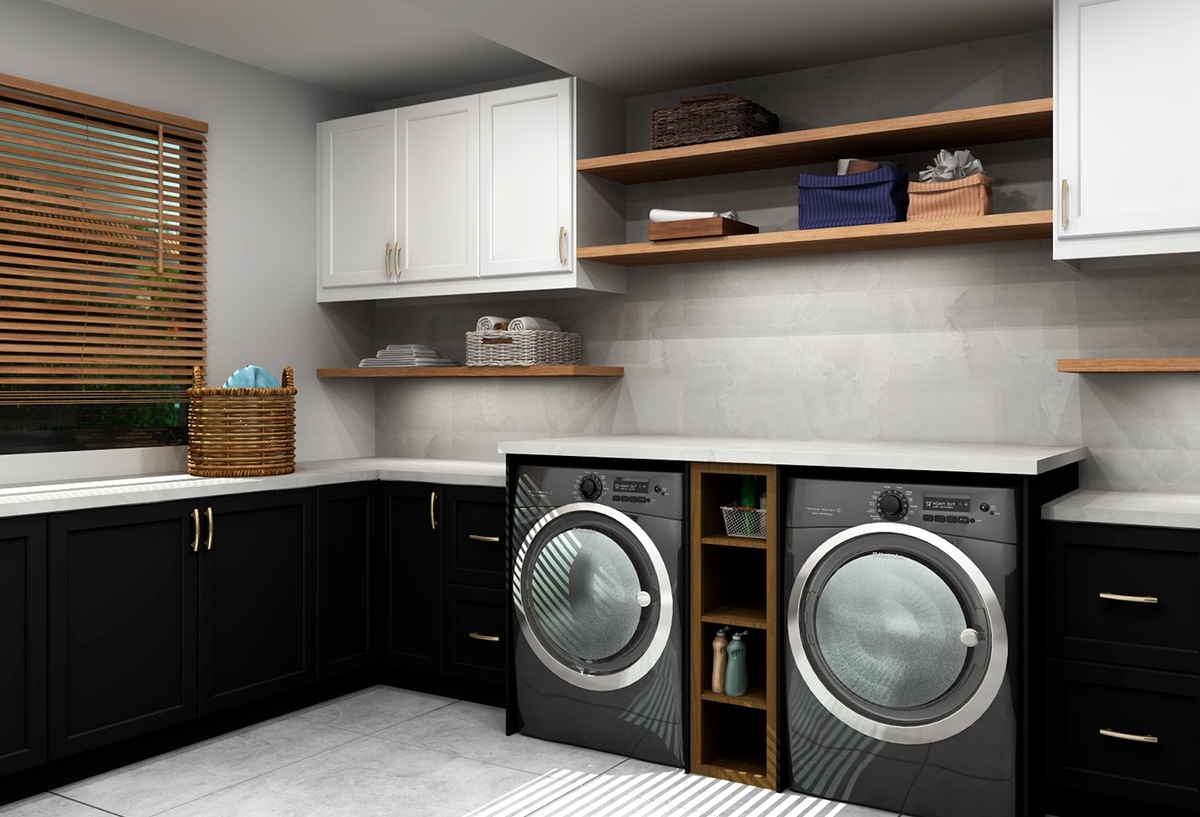
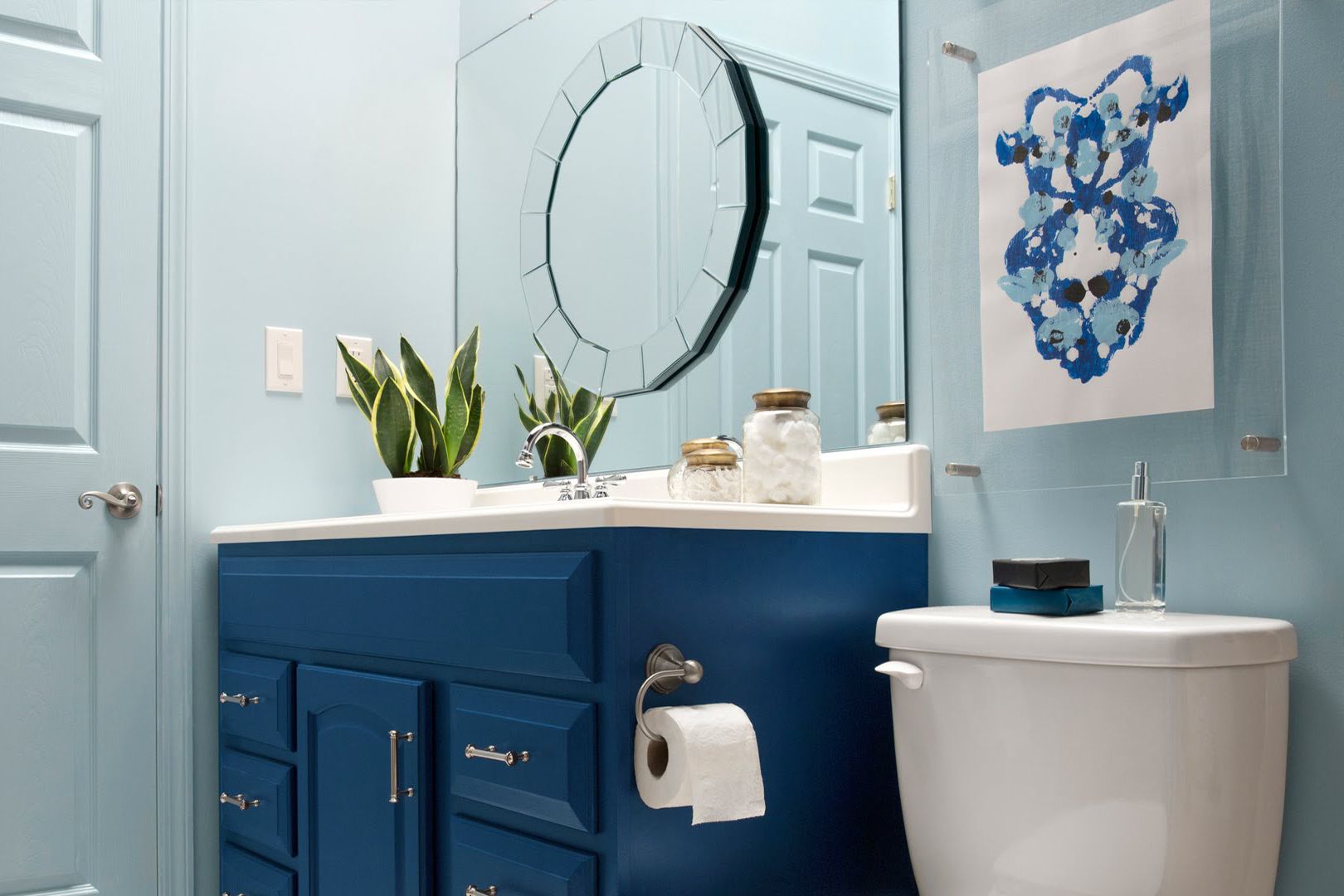
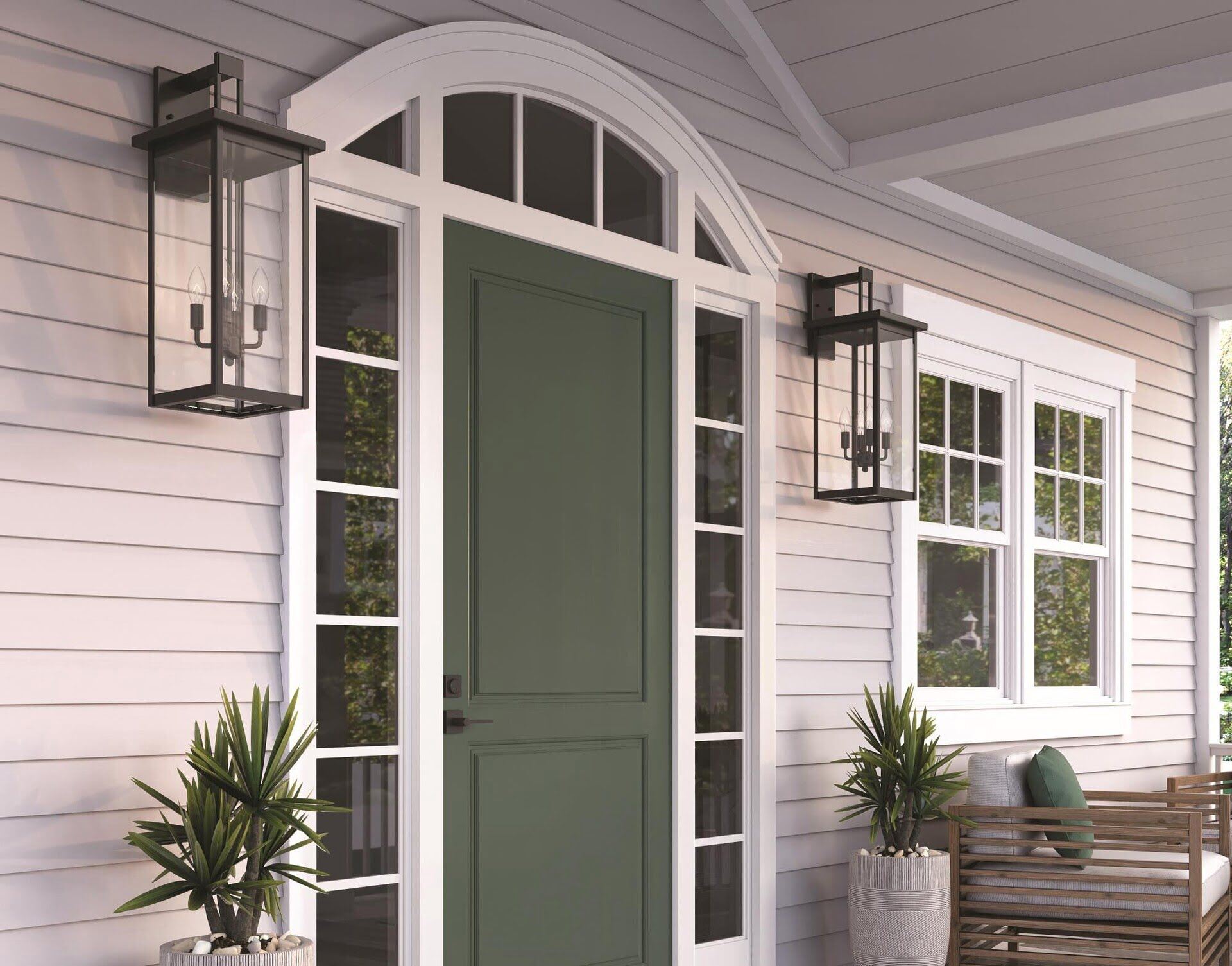
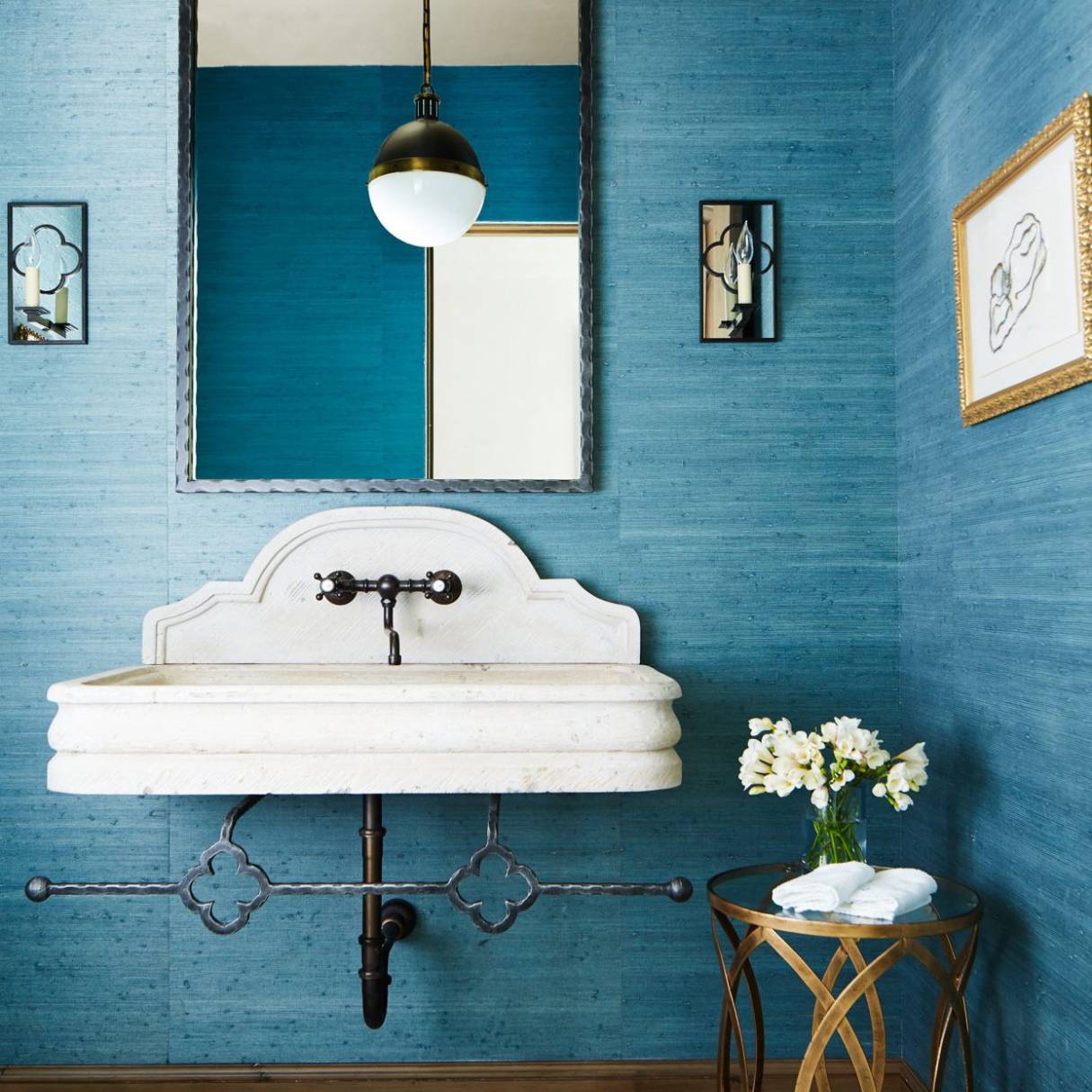


0 thoughts on “10 Rules For Designing An Atmospheric Lighting Scheme”